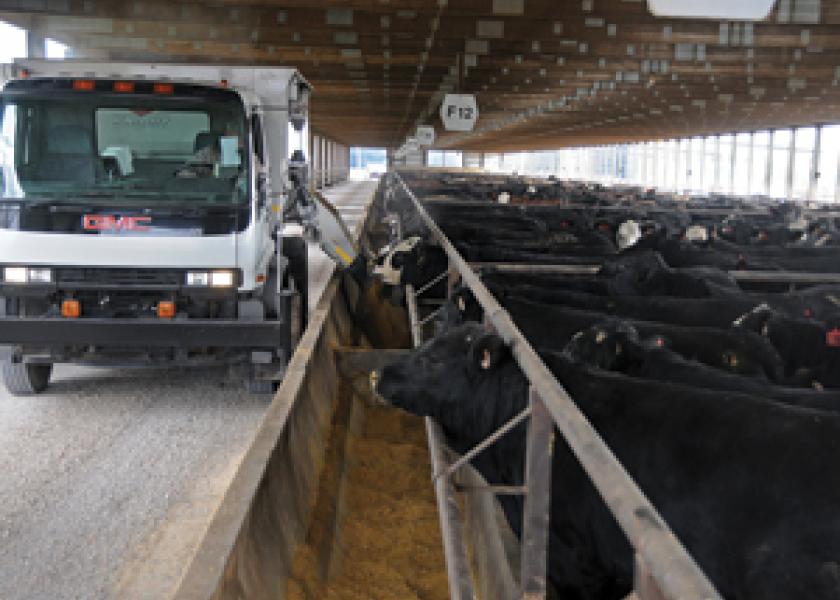Can Cattle Prices Last?

It’s scary watching how high commodity prices across the board are climbing these days. It’s even more scary watching customers walk right past the meat case at the grocer’s.
In early March, the weekly market analysis of the Texas Cattle Feeders Association (TCFA) began like this: "Can cutout values support the current cash prices?"
It’s an important question because at press time in mid-March, fed cattle hit $1.18 per pound (liveweight) and the replacements that are crowding in behind them figured to break even at more than $1.20.
Even for the most modern cattle feeders, who hardly ever get a chance to buy hedgeable break-evens and are incredibly adept at using risk management tools to limit risk and capitalize on volatility, those are tough odds.
Feeders have two problems: high-priced corn and high-priced feeder cattle.
Costs of gain in the Texas Panhandle are projected to run in excess of $1.05 per pound. Slap those up against $1.20 to $1.50 per pound replacements, says Justin Gleghorn of Brock Thompson Trading, and a 700-lb. to 800-lb. steer needs a $1.22 sale price just to break even.
TCFA’s Don Close says the chances of staying near the $1.20 range hinge on getting unusually strong seasonal demand for high-value portions of the animal.
Typically, as grilling season arrives, the relative value of different parts of the carcass diverge. Demand for the loin cuts increase as people look to purchase more steaks. But demand for those cuts has been hit hard by the recession. People just have less money they’re willing to spend by eating higher on the hog.
While economists (Federal Reserve Board and USDA analysts included) have been expecting some growth in the economy this year, the recent spikes in oil and fuel prices may be tossing a monkey wrench in the cogs.
As of late February, Close explains, cutout values were 17.6% higher than a year ago, but they would need to add another 20% or so to justify the $1.20 that feeders will need.
Close and Gregg Doud, former chief economist of the National Cattlemen’s Beef Association (he recently moved to the Senate Ag Committee), note that these near-record prices are based on higher prices for low-value meats—the roasts and grinds from the chuck that so many checkoff dollars have gone into promoting during the past few years.
In fact, Close points out, chucks were at a record—25% higher than the year earlier. But ribs and loins were up 11.5%. The recession has had more effect on those prices than on the lower-priced portions.
For packers to maintain higher cattle prices, it would take a sudden increase in demand for the middle meats, at a minimum. On top of that, the thick cuts would have to at least hold their own—an atypical trend this time of year—or gain more. If the thick meats lose ground, Close adds, the middle meats would have to gain $2 for every $1 they lose just to hold carcass values steady.
Given the fragile state of the economy, it’s hard to expect fed cattle prices will run high enough and long enough to reward feeders for paying so much for corn and replacement cattle.







